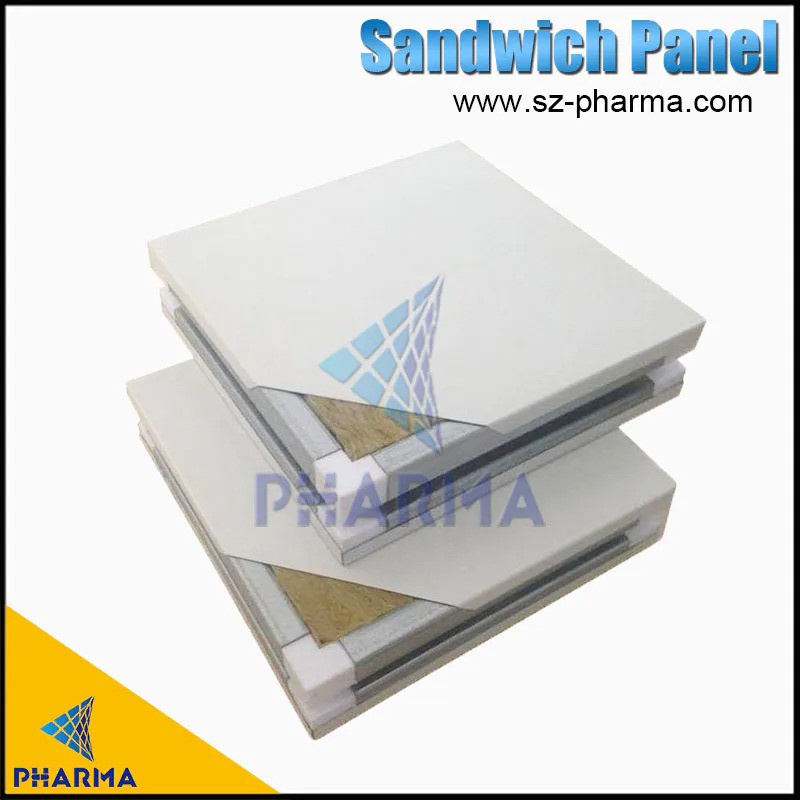Clean room wall panels are an essential component in creating controlled environments that are free from contaminants. These panels are a crucial element in maintaining the cleanliness and sterility of spaces such as laboratories, pharmaceutical facilities, hospitals, and food processing plants. In this comprehensive guide, we will delve into the materials, features, and installation process of clean room wall panels to help you understand their benefits.
Materials Used in Clean Room Wall Panels
One of the key factors to consider when choosing clean room wall panels is the material used in their construction. Typically, these panels are made from materials such as steel, aluminum, fiberglass reinforced plastic (FRP), and composite materials. Each material has its own set of benefits and features that make it suitable for different applications. Steel panels, for example, are known for their durability and strength, making them ideal for heavy duty environments. Aluminum panels, on the other hand, are lightweight and corrosion resistant, making them perfect for clean rooms that require frequent cleaning.
Features Enhancing Performance and Functionality
In addition to the material used, clean room wall panels also come with a variety of features that enhance their performance and functionality. These features include integrated gaskets, flush surfaces, and seamless joints that prevent the accumulation of dust and debris. The panels can also be customized to include windows, doors, pass-throughs, and ventilation systems to suit the specific requirements of the clean room. Some panels are designed to be easily disassembled and reassembled, making them ideal for facilities that need to regularly change the layout of their clean rooms.
Easy Installation Process
When it comes to installation, clean room wall panels are relatively easy to install compared to traditional construction methods. The panels are prefabricated in a factory setting, which ensures high quality and consistency in their design. Once they arrive at the site, the panels can be quickly assembled using a simple interlocking mechanism or by screwing them onto a support structure. This results in minimal downtime during the construction process and allows the clean room to become operational faster.
Creating a Controlled Environment
Another benefit of clean room wall panels is their ability to create a controlled environment that meets specific cleanliness standards. The panels are designed to have smooth, non-porous surfaces that are easy to clean and disinfect, reducing the risk of contamination. They also provide excellent insulation properties that help maintain stable temperature and humidity levels within the clean room. Additionally, the panels can be coated with antimicrobial or antistatic materials to further enhance their cleanliness and safety.
Conclusion
In conclusion, clean room wall panels offer numerous benefits for creating and maintaining controlled environments that are free from contaminants. By understanding the materials, features, and installation process of these panels, you can make an informed decision when choosing the right solution for your clean room needs. Whether you are looking to establish a sterile environment for research or manufacturing purposes, clean room wall panels are a versatile and effective solution that can help you achieve your cleanliness goals.


No comments yet